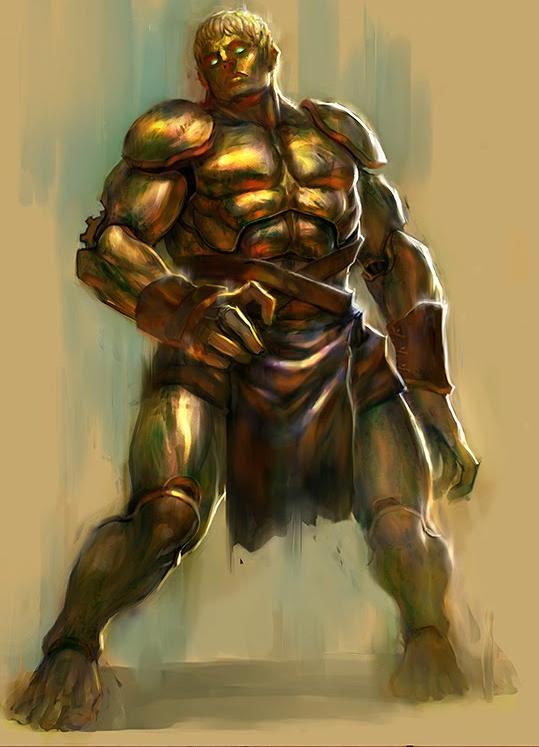

In order to flesh out the Kirby universe during the pink puffball’s story-driven adventures, these books introduce a number of new characters and locales not seen in any other Kirby media. It probably doesn’t need to be said that these books are targeted towards children, but that doesn’t stop them from bringing classic Kirby characters to life with more depth than what we’ve seen in the games. Wisk.Have you heard about Kirby’s long-running light novel series? It contains over 20 books, including novelizations of fan favorite games, original stories, and even a standalone version of Kirby’s Return to Dream Land. Wythoff, W.A.: A modification of the game of Nim. Smith, F., Stănică, P.: Comply/constrain games or games with a Muller twist. Larsson, U., Wästlund, J.: From heaps of matches to the limits of computability. MSRI Publications (Cambridge University Press) Larsson, U.: Restrictions of \(m\)-Wythoff Nim and \(p\)-complementary Beatty sequences.

Larsson, U.: Impartial games emulating one-dimensional cellular automata and undecidability. Larsson, U.: 2-pile Nim with a restricted number of move-size imitations. MSRI Publications (Cambridge University Press), pp. Landman, H.A.: A simple FSM-based proof of the additive periodicity of the Sprague-Grundy function of Wythoff’s game. Holshouser, A., Reiter, H.: Three pile Nim with move blocking. The College Mathematics Journal 32(5), 382 (2001)

Holshouser, A., Reiter, H.: Problems and solutions: Problem 714 (Blocking Nim). Hegarty, P., Larsson, U.: Permutations of the natural numbers with prescribed difference multisets. Gavel, H., Strimling, P.: Nim with a modular Muller twist.

Gurvich, V.: Further generalizations of Wythoff’s game and minimum excludant function, RUTCOR Research Report, 16–2010, Rutgers University A 119(2), 450–459 (2012)įraenkel, A.S.: Complementing and exactly covering sequences. This process is experimental and the keywords may be updated as the learning algorithm improves.Ĭook, M., Larsson, U., Neary, T.: Generalized cyclic tag systems, with an application to the blocking queen game (in preparation)įink, A.: Lattice games without rational strategies. These keywords were added by machine and not by the authors. The patterns for large \(k\) display an unprecedented amount of self-organization at many scales, and here we attempt to describe the self-organized structure that appears. As \(k\) becomes large, parts of the pattern of winning positions converge to recurring chaotic patterns that are independent of \(k\). The value of \(k\) is a parameter that defines the game, and the pattern of winning positions can be very sensitive to \(k\). The game ends when a player wins by blocking all possible moves of the other player. The game, known as Blocking Wythoff Nim, consists of moving a queen as in chess, but always towards (0,0), and it may not be moved to any of \(k-1\) temporarily “blocked” positions specified on the previous turn by the other player. We show that the winning positions of a certain type of two-player game form interesting patterns which often defy analysis, yet can be computed by a cellular automaton.


 0 kommentar(er)
0 kommentar(er)
